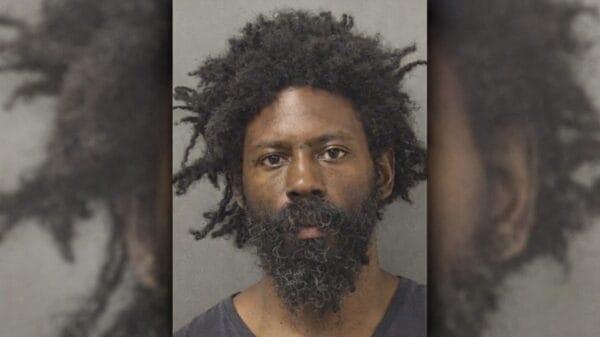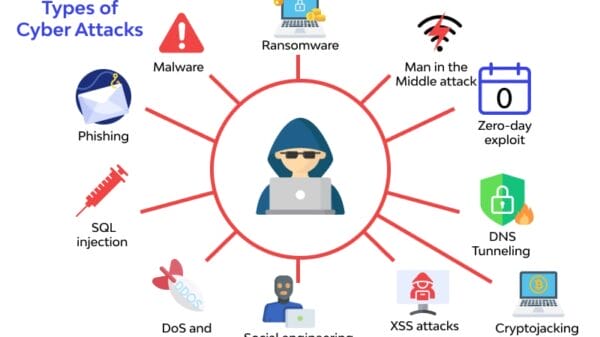Here’s a breakdown of a strange and revealing case in today’s immigration-law landscape: “turning yourself in to U.S. Immigration and Customs Enforcement (ICE) to avoid the U.S. Department of Justice (DOJ).”
What happened
A man identified as Geovany Espinoza Norzagaray, a Mexican national, was arrested on June 1, 2022 in California for distributing 500 grams of methamphetamine.
While his federal criminal case was pending, before a plea hearing, he turned himself into ICE — showing up at a Border Patrol station on September 15, 2025 (per filings) and requesting deportation.
Why he did this: According to court filings, Norzagaray and his counsel argued that he was complying with immigration laws (including an executive order, Executive Order 14159) which require undocumented individuals to present themselves to ICE when possible — and thus that his absence at the federal hearing was not a “violation” of his pre-trial release conditions.
The government disagreed. The judge in that case, Kimberly J. Mueller (U.S. District Judge), after briefing, ordered Norzagaray arrested and transferred from ICE custody back into the criminal proceedings. His plea hearing was rescheduled for November 18.
Why it matters
- Jurisdictional gamble — Norzagaray’s strategy raises a unique question: can a criminal defendant shift from criminal custody (DOJ/federal prosecution) to immigration custody (DHS/ICE) as a tactic to delay or change the nature of proceedings? The case shows that while he may have thought he was using an immigration route, the criminal court did not accept that as sufficient.
- Intersection of immigration and criminal law — This story highlights how the immigration system and criminal justice system interact in complex ways. An individual facing criminal charges might attempt to navigate immigration law (voluntary departure, deportation) as part of a wider strategy.
- Policy and enforcement implications — On the immigration side, the notion of “self-reporting” to ICE is normally tied to “voluntary departure” or leaving the U.S. under certain programs. But here it is being used in the context of a criminal case. On the criminal side, judges are wary of defendants using immigration status or custody as a way to avoid court obligations or confuse proceedings.
- Pre-trial release conditions — In Norzagaray’s case, his pre-trial release conditions required him to attend hearings. His being in ICE custody did not excuse missing the hearing, in the judge’s view. This sets a cautionary warning for defendants who might think immigration custody substitutes for criminal court oversight.
Key takeaways
- 👥 If you’re facing federal criminal charges in the U.S., being in immigration custody (through self-reporting to ICE) does not automatically relieve you of your obligations in the criminal case.
- ⚖️ Courts will evaluate whether your custody or absence is beyond your control and may not accept just being in ICE detention as sufficient.
- 🧭 The “self-deportation” or voluntary removal route may seem advantageous in some immigration scenarios, but using it as a tactic in a criminal prosecution is risky and untested.
- 📌 For practitioners and defendants: this case underscores the need to coordinate immigration strategy and criminal defense strategy — they cannot be treated in isolation.
What’s next to watch
- Whether the plea hearing (rescheduled to Nov 18) results in any recognition by the court of the immigration custody status as a mitigating factor.
- If this case leads to other defendants trying the same pathway — turning themselves in to ICE to try to avoid or delay federal prosecution.
- Whether policy-makers or the DOJ/DHS issue guidance clarifying how immigration self-reporting interacts with criminal pre-trial release obligations.
- How judges will handle future cases where defendants claim immigration custody prevented appearance in criminal court.
















































